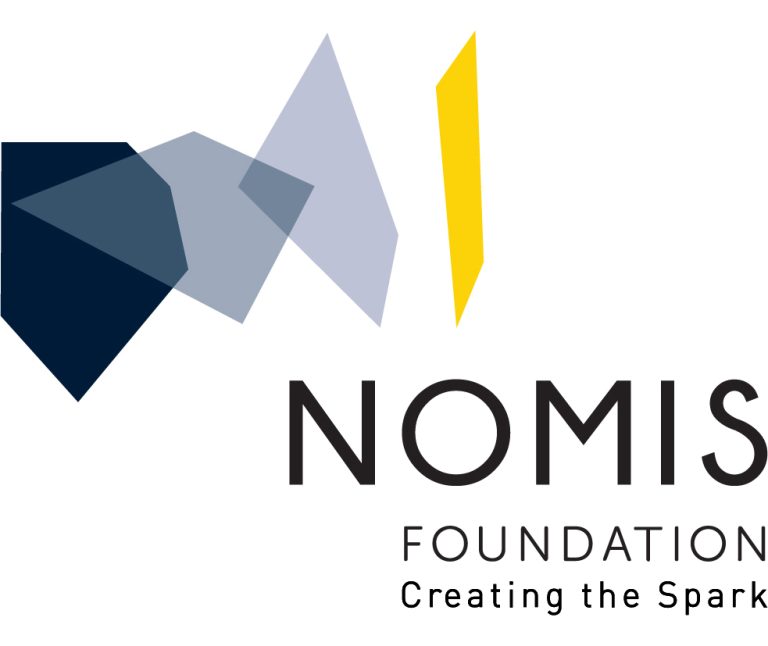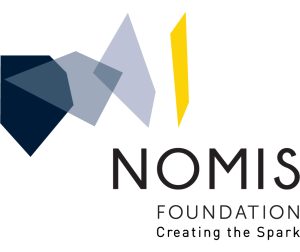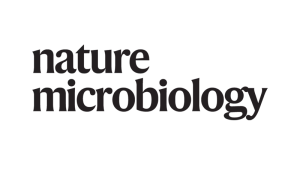Post-translational modifications (PTMs) have emerged as key modulators of protein phase separation and have been linked to protein aggregation in neurodegenerative disorders. The major aggregating protein in amyotrophic lateral sclerosis and frontotemporal dementia, the RNA-binding protein TAR DNA-binding protein (TDP-43), is hyperphosphorylated in disease on several C-terminal serine residues, a process generally believed to promote TDP-43 aggregation. Here, we however find that Casein kinase 1δ-mediated TDP-43 hyperphosphorylation or C-terminal phosphomimetic mutations reduce TDP-43 phase separation and aggregation, and instead render TDP-43 condensates more liquid-like and dynamic. Multi-scale molecular dynamics simulations reveal reduced homotypic interactions of TDP-43 low-complexity domains through enhanced solvation of phosphomimetic residues. Cellular experiments show that phosphomimetic substitutions do not affect nuclear import or RNA regulatory functions of TDP-43, but suppress accumulation of TDP-43 in membrane-less organelles and promote its solubility in neurons. We speculate that TDP-43 hyperphosphorylation may be a protective cellular response to counteract TDP-43 aggregation.















